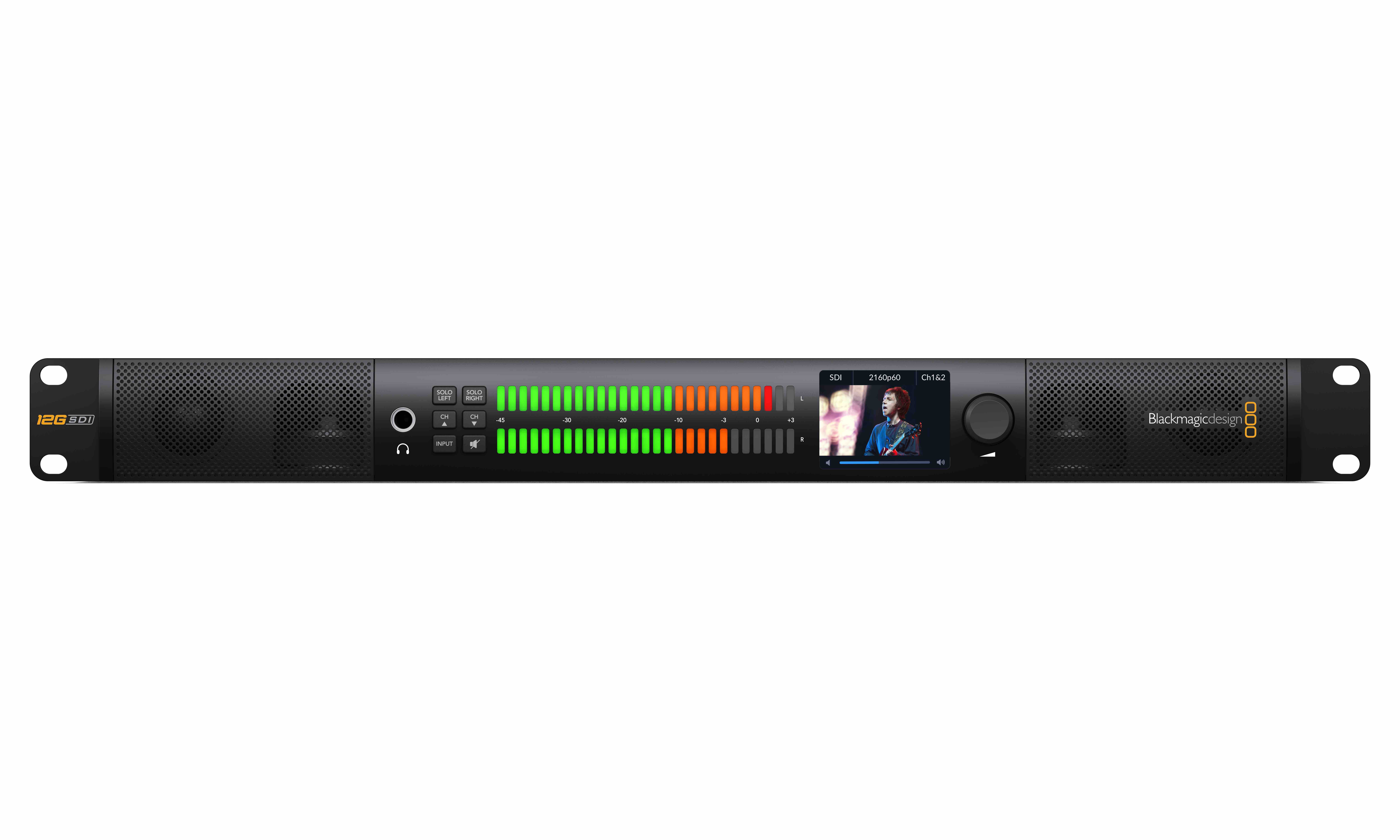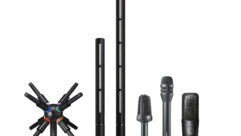Time flies almost as much as a busy road crew. It’s hard to believe, but it’s been two months since Resurrection, Part 4. The ‘Teens are gone and it’s on to 2020. I hope we navigate the world in 2020 with 20/20.
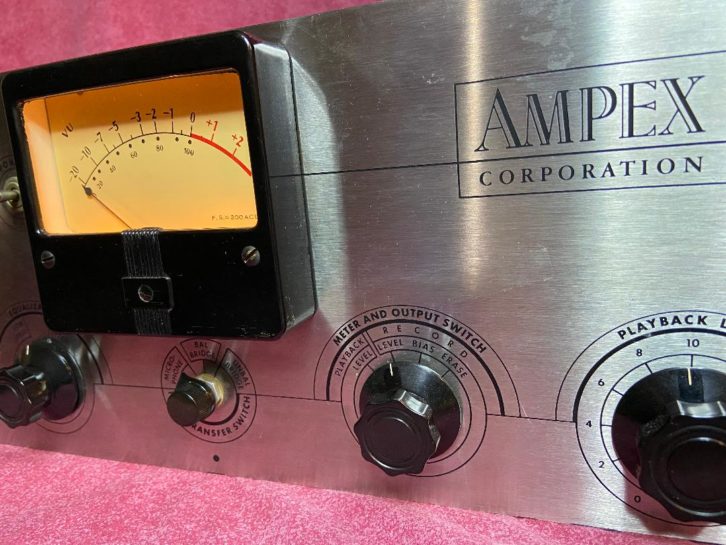
When last we visited this archeological audio adventure, the Ampex Audio Dinosaur was fairly happy. Everything was operating as it should be, but the audio path was noisier than I’d like it to be. Time to take a look at the tubes.
There are a gaggle of tubes inside the Ampex 351 (Okay, it’s really only seven tubes), six of which are in the audio circuitry. The remaining tube is a 6×4 rectifier in the power supply, and that had been replaced with a new old-stock GE firebottle at the start of the project. The audio tubes are either 12AX7, 12AT7 or 12AU7 types, easily available from a multitude of sources (including a box full of questionable spares stored somewhere near my work bench)—and relatively cheap, at prices ranging from 10 to 25 bucks each. Much more reasonable than, say, getting a VF14 tube for your vintage Neumann U47, which now commands a price in the thousands (for the tube, that is).
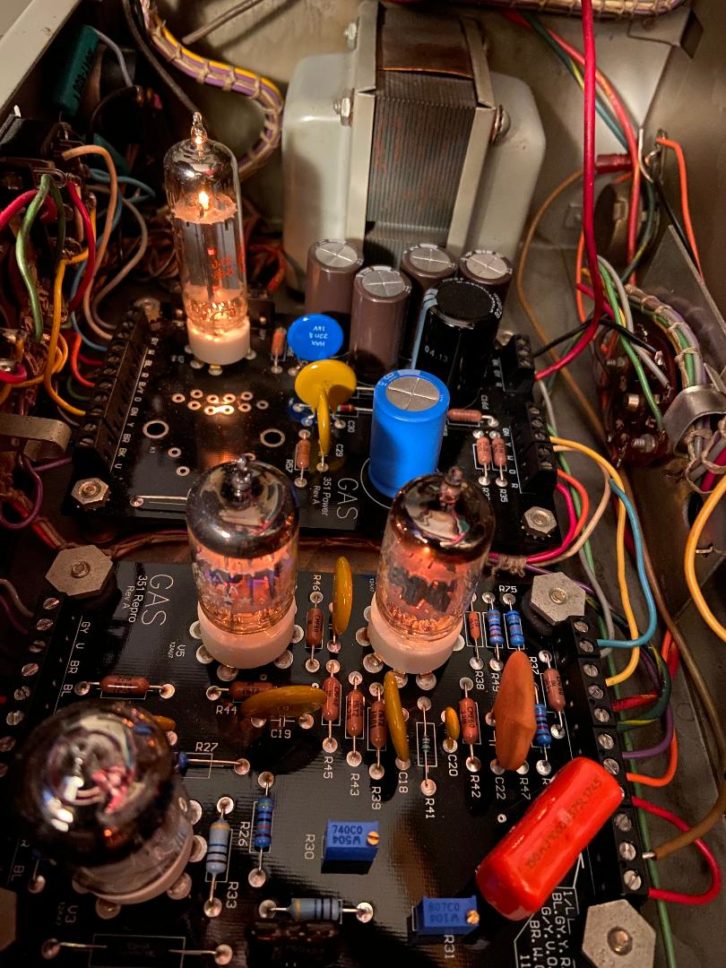
I decided to replace all six audio tubes with new ones (from a manufacturer whose name I’ll omit to protect their reputation) purchased from a reputable tube dealer. I put them all in, connected a microphone and—the audio path was noisier than it was with the original old tubes(!). It had a high level of hummmmmm that sounded like a ground issue…but wasn’t. Grrrrrr.
I’ve heard stories of tube swapping and replacement. “Try this tube in that socket while you face East.” “Plug this one in first—no, this one—while holding a votive candle and standing on one leg.” “Make sure the sockets are clean and the pins are tight.” That last one actually makes sense. Down the rabbit hole we go.
I had three new 12AX7s for the tubes designated on the circuit boards as V1, V3 and V4. The one in position V4 was particularly noisy, but swapping any of the new 12AX7s into that same position produced the same result: an unacceptably high level of noise. I had an old Sylvania 12AX7 laying around, popped it in, and the noise floor dropped dramatically. Huh?
There’s a tube similar to the 12AX7 called a 5751. It’s a drop-in replacement for a 12AX7 but (depending on who you ask) has somewhat less gain, was created as a high-end 12AX7, is a military spec’d version of the 12AX7, or is used in alien aircraft for radio communication. Since I had already determined that the Ampex 351 has plenty of gain, I wasn’t worried about losing a little bit. I found a new old-stock GE 5751 for a few bucks more than a new 12AX7, placed it into position V4 and the hum disappeared. Yay.
I then decided to try an experiment. I had a pair of new old-stock GE 5814A tubes laying around. I had purchased them for a Rogue Audio home hi-fi preamp that I used to own. They were supposed to be premium-quality, sound great, blah, blah, blah, and when I installed them into the preamp it oscillated with a high-pitched whine that sounded like feedback (this was in the audio path). It was very interesting but I really didn’t care for that particular tone being added to every listening session, so I removed them, stuck them in a drawer and thought I’d probably never use them. The 5814As are (depending on who you ask) an industrial equivalent to the 12AU7, or are used in alien aircraft for teletransportation. I removed the new 12AU7s from the Ampex 351 and installed the 5814As. Not only did they not oscillate, but the noise floor decreased.
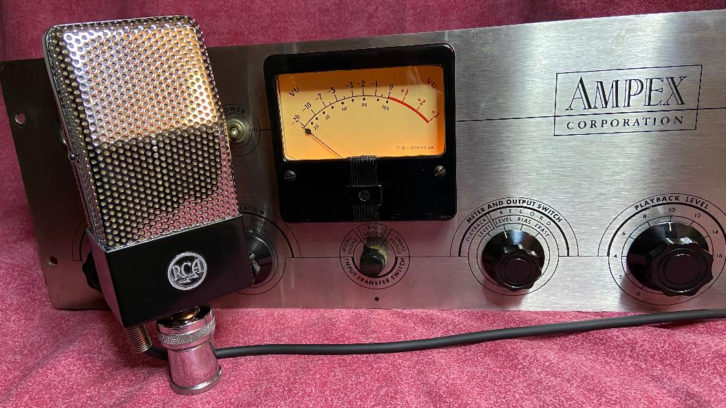
The conclusion is that the Ampex 351 works great, sounds great and now has a low noise floor. As far as the tube replacement antics, the whole thing was a lesson in tube voodoo. I am now firmly convinced that—regardless of price or reported pedigree—the only way to know if a given tube will behave the way it’s supposed to in a given audio circuit is to put it in and listen. There’s a novel idea. Happy New Year!



